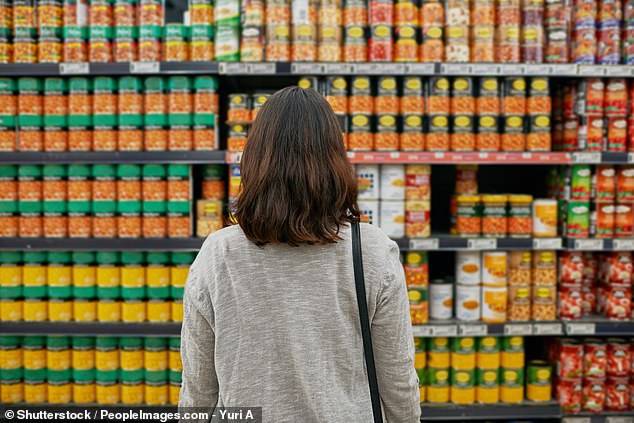
Supermarket Secrets: Avoid Eye-Level Purchases and Follow Expert Tips for Smarter Grocery Shopping
You’re Doing Your Supermarket Shop Wrong! Experts Reveal Why You Should Never Buy Items at Eye Level
[Image: Supermarket aisle with products at eye level]
Caption: Eye-level products are often more expensive than those on lower shelves.
If you dread your weekly grocery run, you’re not alone—and experts say you’ve likely been shopping wrong. Consumer group Which? warns that eye-level items, despite their convenience, are usually pricier than alternatives placed on higher or lower shelves.
The "Eye-Level" Trap
Supermarkets strategically position products using layouts called planograms, designed to maximize sales. A key tactic? Storing expensive brands at eye level while hiding cheaper options elsewhere. For example, in Asda’s tea aisle, PG Tips (£2.98 for 80 bags) dominated the top shelves, while Asda’s own-brand tea bags (£2 for 80) sat at the bottom. Blind taste tests even revealed store brands often outperform pricier rivals.
[Image: Shopper comparing shelf prices]
Caption: Cheaper store brands are frequently placed on lower shelves.
Professor Graham Kendall, an expert in retail strategy, explains: “Eye level is buy level.” Stores place high-margin items where shoppers look first, while budget-friendly choices require bending or stretching. Next time you shop, notice how often you crouch or reach—it’s no accident.
The Psychology of Aisles
Planograms also exploit how shoppers move. Essential items like milk and eggs are often placed at the back, forcing you to navigate aisles filled with temptations. Bright signage, seasonal displays, and "special offers" further lure impulse buys.
[Image: Supermarket aisle with promotional signs]
Caption: Flashy displays and end-of-aisle promotions aim to boost spending.
Kendall adds that products at the start of aisles sell less because shoppers need time to “warm up” to shopping mode. Mid-aisle placements are prime real estate for higher-priced goods.
How to Outsmart the System
- Look Up and Down: Cheaper alternatives are often on lower or top shelves.
- Stick to a List: Avoid distractions by planning purchases ahead.
- Compare Prices: Check unit costs (e.g., per 100g) to find true bargains.
- Avoid Impulse Buys: Steer clear of checkout aisle snacks and flashy promotions.
[Image: Hand holding a shopping list]
Caption: A prepared list helps avoid unnecessary purchases.
By staying alert to these tactics, you can save significantly. As Which? advises: “Branded doesn’t mean better.” Sometimes, the best deals are just a step away—out of sight, but within reach.
Sources: Which?, The Conversation | Images: Shutterstock
Word count: ~600


